The area around the National Stadium, the main venue of the Tokyo Olympics, is a lush green area with vast parks that prove the inner city is more than a concrete jungle. Take a stroll through Shinjuku Gyoen and Jingu Gaien, then jump on the subway and make a beeline to the Diet Building to see a side of the city not too many people explore. Afterward, it's off to Otemachi to visit the Imperial Palace for some more traditional Japanese scenes. This route is an idyllic way to see the sights and sounds of a city center overflowing with natural beauty.
01.
02.
04.
Start from National Stadium Station on the Toei Oedo Line ➡5min. walk from Exit A5 of the National Stadium Station ➡Shinjuku Gyoen (Sendagaya Gate)➡6min. walk from Shinjuku Gyoen Sendagaya Gate ➡National Stadium ➡1min. walk from Meiji Jingu Gaien ➡Aoyama 1-chome Station on the Hanzomon Line subway to Nagatacho Station 3min. walk from Exit 1 ➡ Diet Building ➡3min. walk from Exit c13b of Otemachi Station from Kokkai-gijidomae Statioin on Subway Chiyoda Line ➡ East Gardens of the Imperial Palace


Shinjuku Gyoen
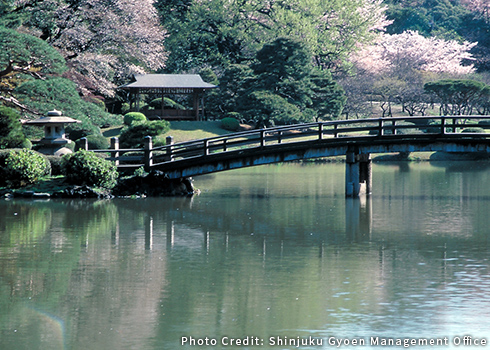
Shinjuku Gyoen National Garden is a sprawling, picturesque garden that straddles Shinjuku and Shibuya wards occupying a prime position on some of the city’s most desirable corners. The garden, established in 1906, was developed on the site of a compound received from Kiyonari Naito, a vassal of Ieyasu Tokugawa during the Edo period (1603-1868). While initially built as an imperial garden, it was opened to the public as a national garden in 1949.
At 58.3 hectares in size and 3.5 km in circumference, it’s one of the city’s most impressive sights. It includes a “landscape garden” dotted with giant trees such as Japanese zelkova and tulip trees, a “formal garden” with lush rose beds and rows of London planes, and an artfully curated “Japanese garden” with a pond and garden pathway style, it’s a masterpiece of landscape gardens.
Visitors can enjoy the natural beauty of the seasons: cherry blossoms in spring, roses and green lawns in early summer, autumn leaves of London planes, ginkgo trees, and maple trees in fall, and orchids blooming in the greenhouse in winter.
When you plan to visit, check the official Shinjuku Gyoen website below for visiting information on opening hours and safety precautions before visiting.
https://www.env.go.jp/garden/shinjukugyoen/english/2_guide/guide.html
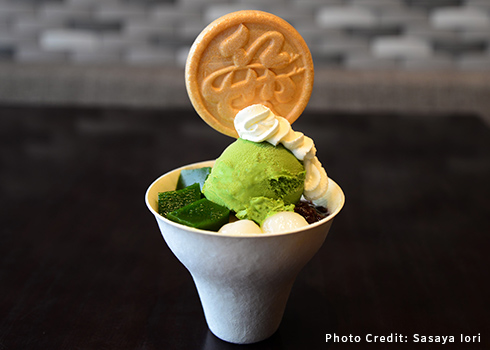
At Shinjuku Gyoen, visitors can take a break and enjoy classic Japanese sweets like ice cream and jelly made with Kyoto’s luxurious Uji green tea.
Location: 11 Naitoumachi, Shinjuku-ku, Tokyo
https://www.env.go.jp/garden/shinjukugyoen/english/index.html


National Stadium
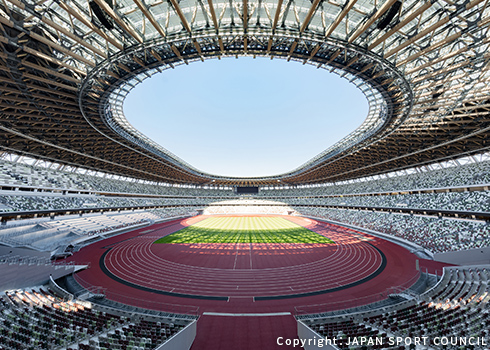
The stadium – designed by Kengo Kuma – was built around the concept of a forest stadium, a stadium that harmonizes with the lush green surroundings and city skyline and utilizes timbers from Japan’s 47 prefectures.
Near the stadium, you’ll find Japan Olympic Museum, where you can learn about the history and philosophy of the Olympic Games.
Location: 10-1 Kasumigaoka-cho, Shinjuku-ku, Tokyo
https://www.jpnsport.go.jp/corp/english/tabid/382/Default.aspx


Meiji Jingu Outer Gardens
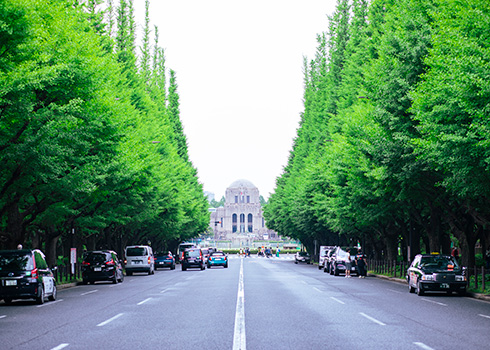
Sitting adjacent to the National Stadium is Meiji Jingu Gaien, a tranquil corner of Tokyo best known for its impressive rows of ginkgo trees and lush nature views. The site was created in 1926 as a memorial facility for the founding of Meiji Jingu Shrine and funded through private donations.
As well as being home to a baseball stadium and tennis courts, it also has cultural facilities like the Seitoku Memorial Picture Gallery.
The row of ginkgo trees that run from Aoyama-dori Avenue to the Picture Gallery is one of Tokyo’s most famous autumn views. In early December, when the leaves turn golden yellow is when it’s at its best.
Location: 1-1 Kasumigaoka-cho, Shinjuku-ku, Tokyo
http://www.meijijingugaien.jp/english/
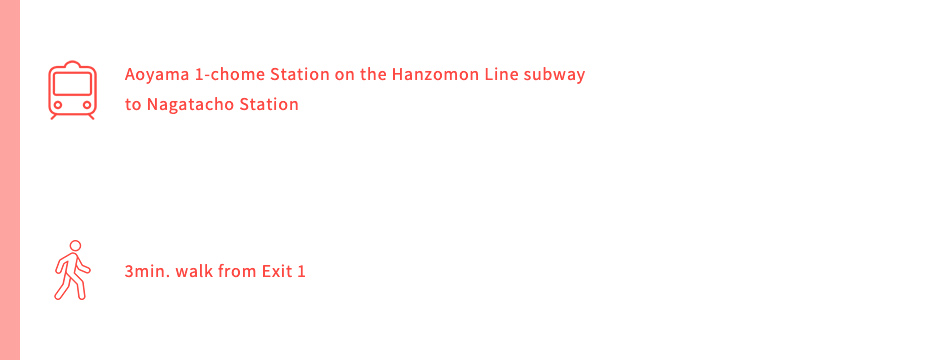
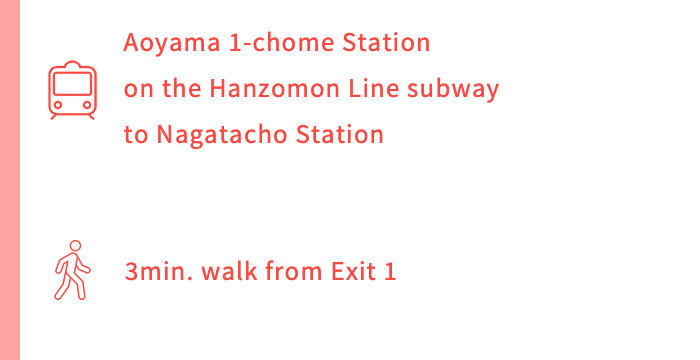
Diet Building
The current Diet building took 17 years to build and was completed in November 1936. This beautiful granite-clad building has been praised as an iconic piece of Japanese architecture. It’s symmetrical, with the House of Representatives on the left and the House of Councillors on the right.
Free tours are available for both the House of Representatives and the House of Councillors. They include the central plaza directly below the central tower, the Emperor’s resting place, and the floor where plenary sessions are held. It is worth seeing the political stage actually in use.
Location: 1-7 Nagatacho, Chiyoda-ku, Tokyo
https://www.sangiin.go.jp/eng/info/dbt/index.htm
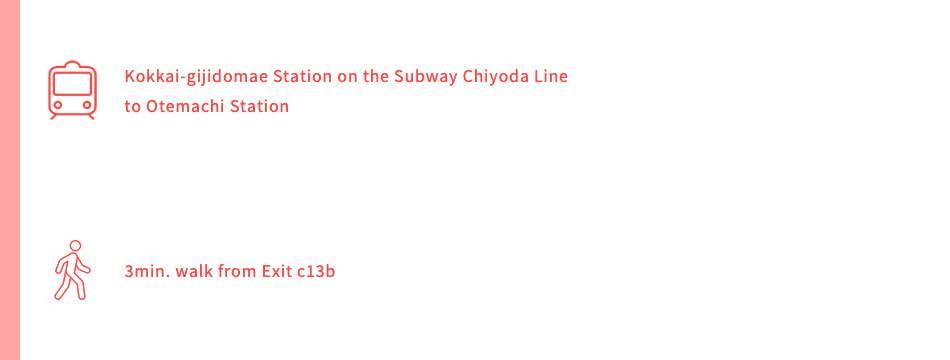
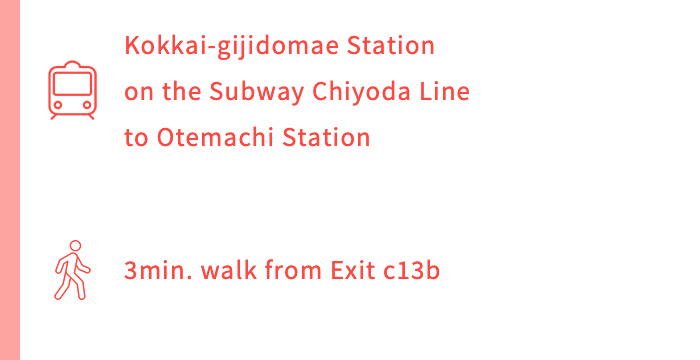
East Gardens of the Imperial Palace
The garden is attached to the Imperial Palace, built on the Honmaru, Ninomaru, and Sanomaru sections of the former Edo Castle and opened to the public. It’s home to many historical sites and is filled with stunning seasonal flowers.
The garden is home to three gates: Otemon Gate, Hirakawa Gate, and Kitahanebashimon Gate. As you stroll through the garden, keep an eye out for Suwa no Chaya teahouse and Ninomaru Garden, two of the site’s most beautiful traditional sites.
The Imperial Household Agency’s audio tour guide, which is available in six languages, provides an overview and history of the East Gardens, as well as audio, photo, and diagram explanations of the main features. For more information, follow the link below.
Location: 1-1 Chiyoda, Chiyoda-ku, Tokyo
https://sankan.kunaicho.go.jp/english/guide/koukyo.html